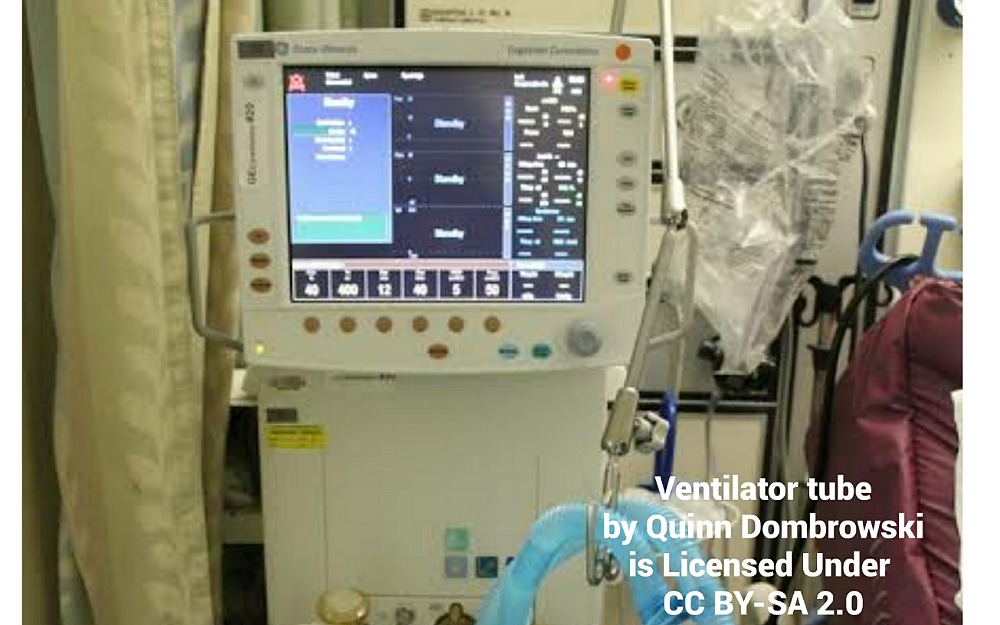
It was late when engineer Joe Tavi’s boss called with an odd question: Could their company, which makes fuel cells, learn how to fix a ventilator?
California had a bunch of broken ones, and the governor had asked if San Jose-based Bloom Energy could repair them so coronavirus patients could breathe.
Tavi, an engineer who grew up taking apart the family vacuum cleaner to see if he could put it back together, said he would sleep on it.
But he didn’t sleep. Instead, he made a pot of coffee and downloaded the more than 300-page manual for the LTD 1200, the type of ventilator state officials said they needed repaired.
At 4:45 a.m. the next day, coffee still in hand, his boss called again.
“We can do this,” Tavi told her. “We won’t be able to do it if we don’t try.”
Wartime-type transformation
Since then, a company that knew nothing about ventilators has fixed more than 500 of them. It’s a transformation akin to World War II, when manufacturing behemoths used their assembly line expertise to make airplanes and tanks. Now, some companies are tapping their storehouses of brainpower to do the same thing with medical equipment.
While most people with the coronavirus have only mild or moderate symptoms, it can cause more severe illness in some, including pneumonia — an infection that can cause the lungs to fill with fluid, making it difficult to breathe. That’s where the ventilators come in.
The Society of Critical Care Medicine estimates about 960,000 COVID-19 patients in the U.S. might need ventilators. But there are only about 200,000 machines available.
In California, the nation’s most populous state with nearly 40 million people, Governor Gavin Newsom is on the hunt for at least 10,000 ventilators. So far, he’s found just over 4,000 of them — including 170 from the federal government’s national stockpile that needed repairs.
Bloom Energy makes fuel cells, which combine air and hydrogen to create electricity through a chemical reaction. To get the air and the hydrogen in the right quantities, the fuel cell uses hoses and valves and fans — similar functions to a ventilator. Chief Operations Officer Susan Brennan says the company isn’t profiting from the repairs; they hope to eventually recoup some of their expenses from the state.
Once he knew he could do it, Tavi gathered with other company engineers to come up with a plan, guided by lots of YouTube videos on ventilator settings and calibrations. The company’s head of supply chain ordered the parts.
Some nervousness
There were some anxious moments, especially during testing. As a kid, Tavi said, when he would take apart his family vacuum cleaner, sometimes he couldn’t get it back together correctly. A ventilator isn’t something you want to put together and find a few screws left over.
But once the team got the ventilators hooked up to balloons, hearing the soft “woosh” of air as they expanded and contracted, Tavi said it went from being a machine to something much more personal.
“I would think about my mom or my uncle or a family member of a friend or a co-worker needing one of those machines,” he said. “We don’t view it as a number of units we are turning over. We view it as the maximum number of people we could potentially positively impact by having an extra ventilator that works. Even if it’s just one person.”
Escaping from Scam Center on Cambodia’s Bokor Mountain
UN Security Council Meets to Discuss Children and Armed Conflict
10 Shocking Revelations from Bangladesh Commission’s Report About Ex-PM Hasina-Linked Forced Disappearances
Migration Dynamics Shifting Due to New US Administration New Regional Laws
UN Security Council Meets to Discuss the Maintenance of International Peace and Security and Artificial Intelligence
Winter Brings New Challenges for Residents living in Ukraine’s Donetsk Region
Permanent Representative of Israel Briefs Press at UN Headquarters
Hospitals Overwhelmed in Vanuatu as Death and Damage Toll Mounts from Quake
Subscribe Our You Tube Channel
Fighting Fake News
Fighting Lies















